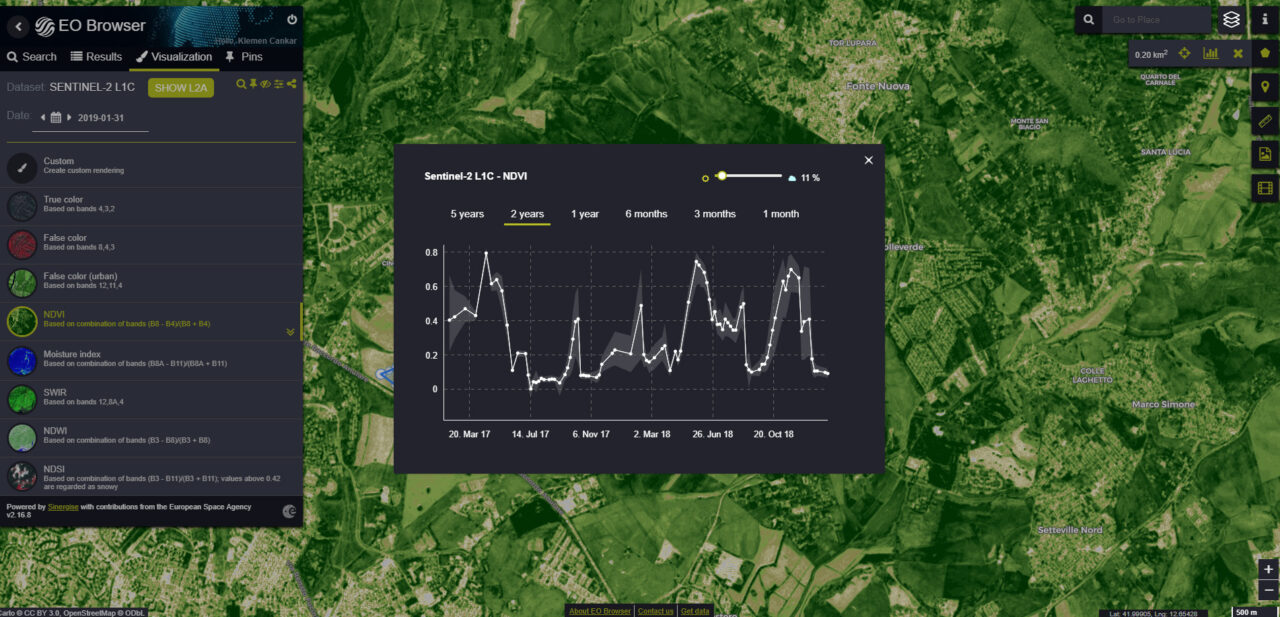12 Considerations When Deciding On Fungicide Seed Treatment
Fungicide seed treatments protect seedlings from both seed-borne and soil-borne pathogens. Seed-borne pathogens can be those inhabiting the seed surface, such as Pythium spp, or those in the interior of the seed (for example loose smut of wheat). Soil-borne pathogens survive in the soil and when they come in contact with the seed or seedling and the conditions are conducive, the infection process is initiated.
Fungicide seed treatment costs can be high, therefore the decision to treat should hinge on whether the additional yield as a result of seed fungicide treatment can offset the cost of seed treatment.
Growers and retailers should consider the following scenarios when deciding on a fungicide seed treatment:
- What are the prevailing weather conditions? Wet and cool soils are favorable conditions for most seedling pathogens including Pythium spp. and Phytophthora spp. Cool soil conditions also reduce seedling growth rate, hence providing longer interaction time between the pathogen and the host.
- What is the history of seedling diseases in your field? For example if a field is known to have high population of the soybean cyst nematode (SCN), then seed treatment with a nematicide may be an option. Preliminary data show that the response to nematicide seed treatment is greater when there is a high population of SCN (>12,000 eggs per 100 cm3 of soil).
- Is the crop for seed production? Since grain for seed attracts higher prices, it may be beneficial to consider seed treatment in addition to other factors below. Fungicide seed treatments can also increase the likelihood of the seed being produced and offered for sale as disease free.
- Is the crop following the same crop as last season? Survival of seedling pathogens may be higher in non-rotated fields.
- Is the crop being planted in a till or no-till/minimum till field? No-till fields may have an increased risk of seedling diseases.
- When will you plant? Planting early in the spring when the soil temperatures are low may increase the risk of seed/seedling infection.
- What is the disease rating for the cultivar to be planted? Seed companies provide disease rating for cultivars. For susceptible cultivars to seedling diseases, a seed treatment may be beneficial.
- What is the germination rate for the seed lot? For seed with a low germination percentage, seed treatment may protect young seedlings with marginal vigor and improve plant stands compared with untreated seed.
- How much stand reduction is acceptable? Some crops like soybean and wheat have a great potential for yield compensation. Therefore slightly reduced plant stand is not going to significantly impact yield.
- What is the desired plant population per acre? With increasing costs of seed, growers may be opting for lower plant population per acre, therefore to avoid further loss of plants; a fungicide seed treatment may be justified.
- What is the expected price per bushel? Higher prices per bushel would indicate that fewer additional bushels are needed to offset seed treatment costs.
- Is the seed for replanting? If replanting because of stand establishment problems (especially in wet spots) is considered, using fungicide treated seeds may increase chances of survival of replanted seed.
Research conducted at South Dakota State University on fungicide seed treatments in corn, spring wheat, winter wheat, and soybean for the last 6 years indicate inconsistent yield increase as a result of fungicide seed treatments. For example 52% of soybean fungicide seed treatment trials had a yield difference between fungicide treated and non-treated seed of less than 3 bu/acre.
Source: iGrow.org, Emmanuel Byamukama






